I write this narrative to expose the pain and anguish that can come from having a tubal ligation. Most doctors claim that female sterilization is a suitable option for women everywhere as “simple birth control” when you’re done having kids. However, I am here to tell you from personal experience nothing is as simple or wonderful as it may sound. The day I signed the dotted line for my tubal ligation, I signed my life away.
Background Before Tubal Ligation
To fully understand my story, you will need some background information. I am a mother of two, a girl born in 2005 and a boy born in 2010, both via c-sections. Prior to either pregnancy I was not on birth control nor have I ever been; I relied on condoms and non-hormonal approaches, such as spermicidal gels or VCF film.
My menstrual cycles have never been exact “clock-work”, but they would come every 30-40 days and last 3-4 days with normal abdominal cramping. I rarely experienced any cramps requiring the need for medication such as Midol or Ibuprofen. I breastfed both of my children, but had long stopped by the time my tubal ligation was performed. I have a history of migraines, but was able to control them with medication. I had adult acne onset before the birth of my daughter, but it did not worsen after her birth. I’ve always had a very full head of hair and strong finger nails. I’ve always had asthma, but never had the need for medication, only a rescue inhaler for activity induced episodes. Prior to getting pregnant with my son I wasn’t in the best shape of my life. I had gained some weight, but nothing that had slowed me down. Overall, I functioned as a normal 29 year old should function.
My Tubal Ligation
In July 2010, I had my tubal ligation during the awake/epidural, c-section birth of my son. The delivery was very tough, as my son was breech and very large due to gestational diabetes. The nurses had to shove on me extremely hard to turn him into position. Upon removing him they then began working on me. Because I was asleep for the first c-section, I can’t compare the deliveries; however pain started immediately as they worked to tie my tubes and finish the birthing process. After enduring all I could of the pain, touching my son for a brief moment, I asked for enough drugs to be knocked unconscious. Upon waking, the pain was just as bad. This pain was unlike my first c-section after waking up. This wasn’t contractions or labor pains but an ache that felt like electricity if I moved. The shocking sensations shot from my abdomen down the fronts of my legs to my knees. I also had a severe lower backache. When I questioned my Dr. of this pain and why this felt so different from the first delivery I was told it was due to the difficult birth. Little did I know that many months and CT scans later I would still be experiencing those same pains, along with a few other surprises.
Aftermath of Delivery and Tubal Ligation
Walking for the first week was out of the question. I had to have help moving, turning, or getting from point A to point B. Week 2 wasn’t much better, but I stayed on pain meds to cope on my own after daddy had to go back to work. I also began to notice after my milk came in it was a lower supply than I had with my daughter. My bleeding did not stop after 2 weeks like it did with my first delivery, but took a full month and a half and I began having night sweats. I didn’t pay much attention to these little changes and believed my doctor when she said every delivery is different, plus I was older so some of it could be hormone related. She said the abdominal pains were just my body’s way of healing after such a rough delivery and should go away with time.
Editor’s Comment: Despite medical opinion to the contrary, the issue of Post Tubal Ligation Syndrome does not go away. Hundreds of women for whom this syndrome is real have benefited after having their tubal ligation reversed at A Personal Choice. Many of them have commented on the Post Tubal Ligation Syndrome Forum of the Tubal Reversal Message Board. A Personal Choice patients are welcome to submit blog articles as Amy has done to inform other women about their experiences.
On Wednesday, November 7th at 8 pm Eastern Time, Dr. Charles Monteith will be participating in a live internet radio broadcast on Post Tubal Ligation Syndrome. Listeners are also encouraged to participate. An audio transcript will be saved so that anyone interested in PTLS will be able to listen to the show.

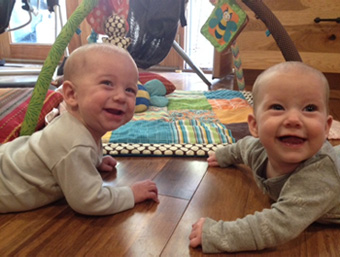
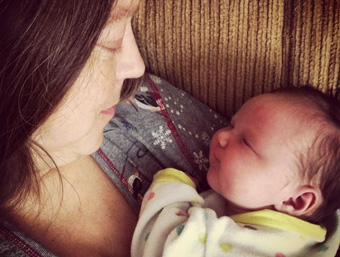



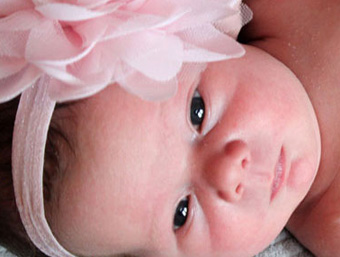
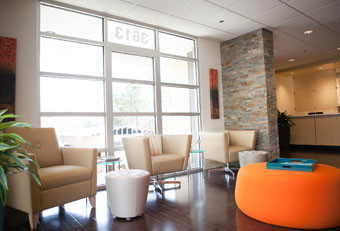
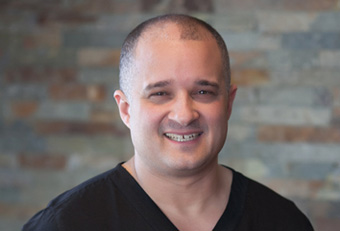
 By
By 